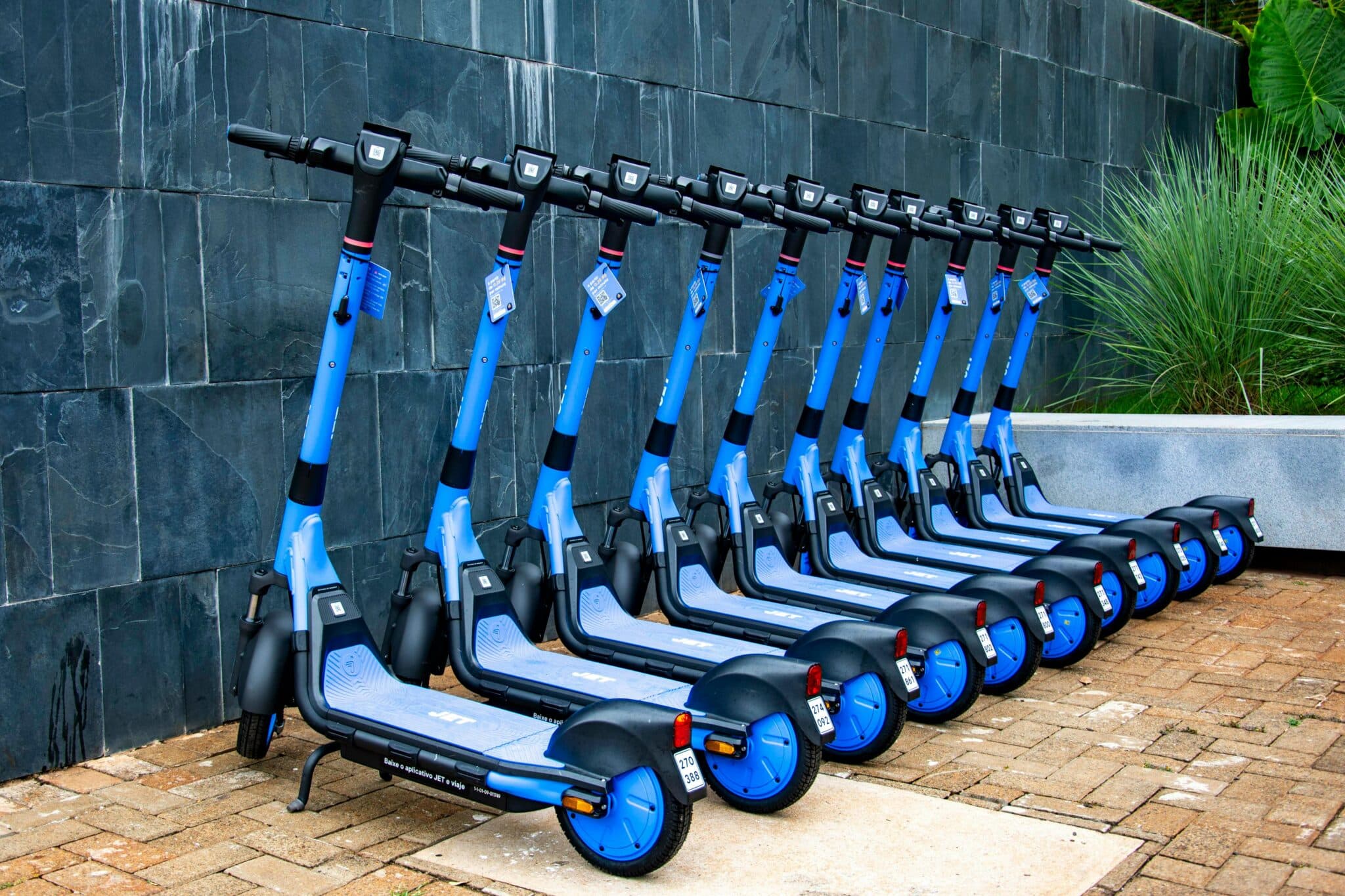Second-hand vehicles can be a game-changer for micromobility fleet operators, especially when budgets are tight or expansion is needed quickly. Here are some key benefits:
- Cost Savings: Buying used e-scooters and e-bikes can save you up to 30-50% compared to new models. This is particularly valuable for small to medium-sized operators looking to scale efficiently.
- Faster Deployment: Unlike new purchases that may involve long manufacturing and shipping lead times, second-hand vehicles are typically available for immediate use.
- Sustainability: Extending the lifecycle of micromobility vehicles reduces waste and contributes to environmentally friendly fleet management.
- Proven Durability: Some used vehicles have already demonstrated their performance on the road, making it easier to assess their real-world reliability.
For Example: Let’s say a shared fleet operator in Europe wishes to expand their fleet by 20% in just three months. The operator could purchase certified second-hand e-scooters from a verified marketplace, saving over $100,000 in upfront costs as well.
Key Considerations Before Buying Used Vehicles for Fleets
Purchasing second-hand vehicles requires a detailed evaluation process to ensure you’re not acquiring a liability. Here’s a checklist of critical factors to examine:
- Vehicle Condition:
- Check with the vendor if the vehicles are suitable for shared mobility.
- Check for visible signs of wear and tear, such as frame damage, rust, or loose parts.
- Inspect tires, brakes, and suspension for wear and functionality.
- Battery Health:
- The battery is one of the most expensive components of e-scooters and e-bikes. Carry out your due-diligence to check the condition of the batteries if possible.
- Vehicles with swappable batteries are generally preferred from an operations perspective, and they are easier to replace than integrated batteries.
- Motor Performance:
- Test the motor for smooth acceleration and minimal noise.
- Ensure that it’s compatible with your fleet’s performance requirements i.e top vehicle speed is either within range of local regulations or possible to control via a software platform like Joyride.
- Software and Telematics:
- Verify that the vehicle’s onboard firmware is up to date.
- Ensure the IoT device can integrate with your fleet management platform.
- Legal Compliance:
- Ensure the vehicles meet regional safety and road regulations, for example the top speed permitted for micromobility devices, vehicles able to react to geofence settings etc.
- Confirm that any prior registrations or ownership transfers are complete.
- Maintenance Records:
- Request service and repair history of the vehicles to identify any recurring issues.
- Prioritize vehicles with regular maintenance records.
- Check if the vehicle manufacturer still produces and stock spare parts. It’s advisable not to buy vehicles that manufacturers have stopped supporting or stopped producing spare parts.
Where to Source Reliable Second-Hand E-Scooters and E-Bikes
Finding trustworthy vehicle sellers is essential to avoid costly mistakes. Here are the top sourcing options:
- Direct Purchases from Operators:
- Contact operators who are upgrading their fleets or retiring older models.
- Negotiate bulk discounts when buying multiple units.
- Industry-Specific Platforms:
- Joyride Garage: As a dedicated platform for micromobility fleets, Joyride Garage takes away the guessword and streamlines a fragmented process by connecting buyers with verified sellers offering high-quality second-hand e-scooters and e-bikes.
Common Pitfalls and How to Avoid Them
When buying second-hand vehicles, fleet operators often fall into these traps:
- Ignoring Battery Health:
- One of the most common mistakes is overlooking battery performance. A poorly maintained battery can drastically reduce the vehicle’s range and lifespan.
- Solution: Always conduct a thorough battery diagnostic test before buying.
- Assuming Low Price Equals Good Value:
- While low prices may be tempting, they can indicate underlying issues such as hidden damage or subpar vehicle performance.
- Solution: Balance price with condition and potential repair costs.
- Overlooking Software Compatibility:
- Older models may lack the telematics or fleet management integration needed for real-time tracking and maintenance monitoring.
- Solution: Ensure the vehicle’s software can be updated or is compatible with your current systems.
- Skipping Legal and Compliance Checks:
- Some operators unknowingly purchase vehicles that don’t meet regional regulations. For example, some countries require e-scooters to have two handbrakes.
- Solution: Confirm compliance with local road safety and registration laws.
- Shipping and duty fees:
- One of the key aspects that is often overlooked is the shipping and import/exports costs
- Solution: Confirm the location of the vehicles with the vendor and calculate the total shipping, import and exports fees along with the necessary documents required for the import/export.
Best Practices for Integrating Used Vehicles into Shared Fleets
Once you’ve made your purchase, follow these steps to seamlessly integrate second-hand vehicles into your fleet:
1.Initial Inspection and Repairs:
Conduct a thorough inspection upon delivery and address any immediate repairs. You might need to de-brand/apply new vinyl coverings to match the vehicles to your brand.
2.Battery Replacements and Software Updates:
Replace degraded batteries and update onboard software to ensure optimal performance.
3.Telematics Installation:
Install GPS tracking devices if the vehicles do not have them fitted, and you might require a new SIM too. Then integrate them with your fleet management system for monitoring usage, location, and maintenance needs.
4.Regular Maintenance Scheduling:
Implement a proactive maintenance plan to maximize vehicle lifespan.
5.Operator Training:
Train staff on the unique characteristics of refurbished models, including any software differences or maintenance requirements.
Conclusion
Buying second-hand e-scooters and e-bikes for shared fleets offers significant financial and environmental benefits, but it requires careful planning and due diligence. By sourcing from reliable vendors, conducting thorough inspections, and ensuring proper integration, you can expand your fleet without compromising quality or performance.Ready to grow your fleet the smart way? Sign up on Joyride Garage to browse verified listings or list your own vehicles today.

